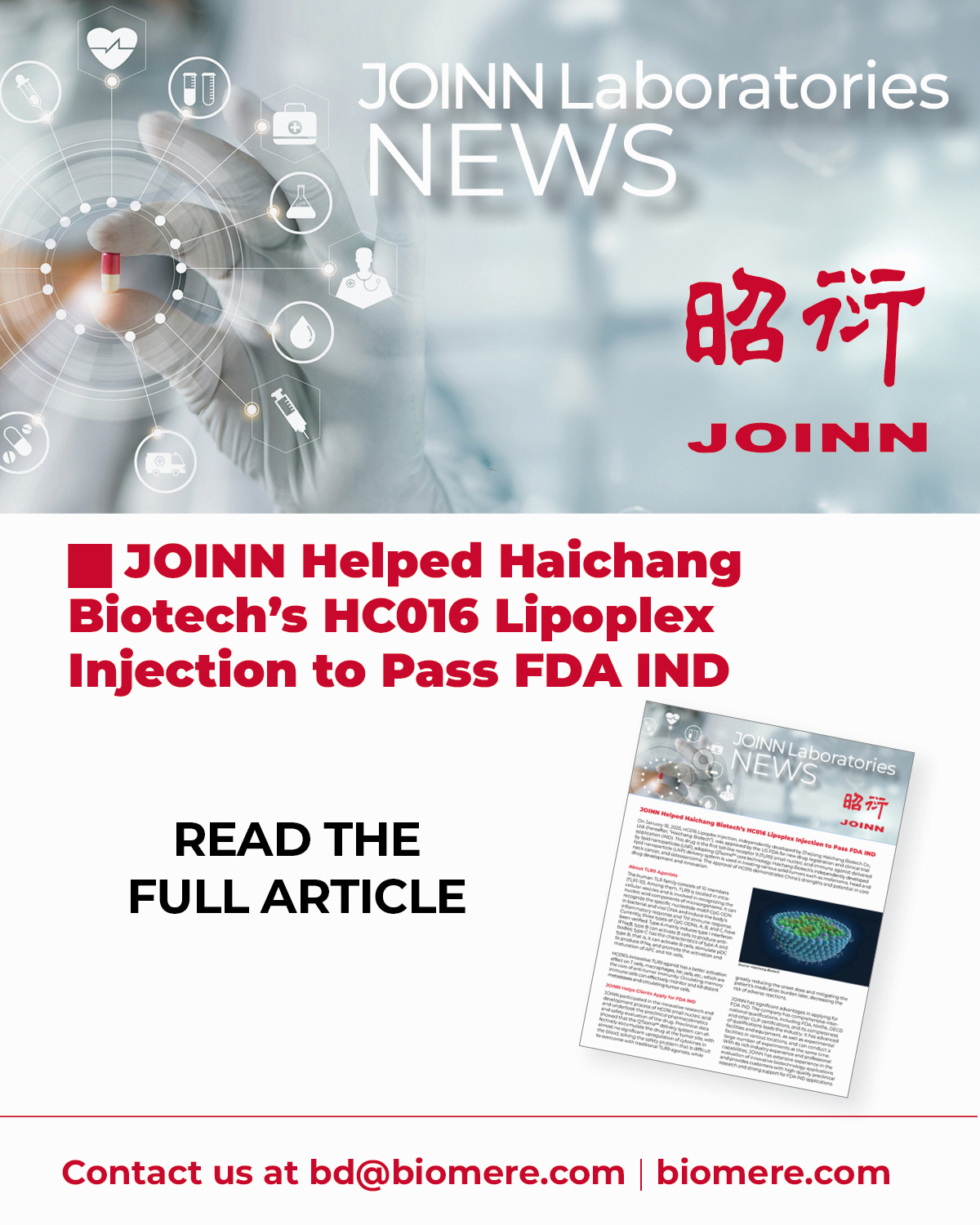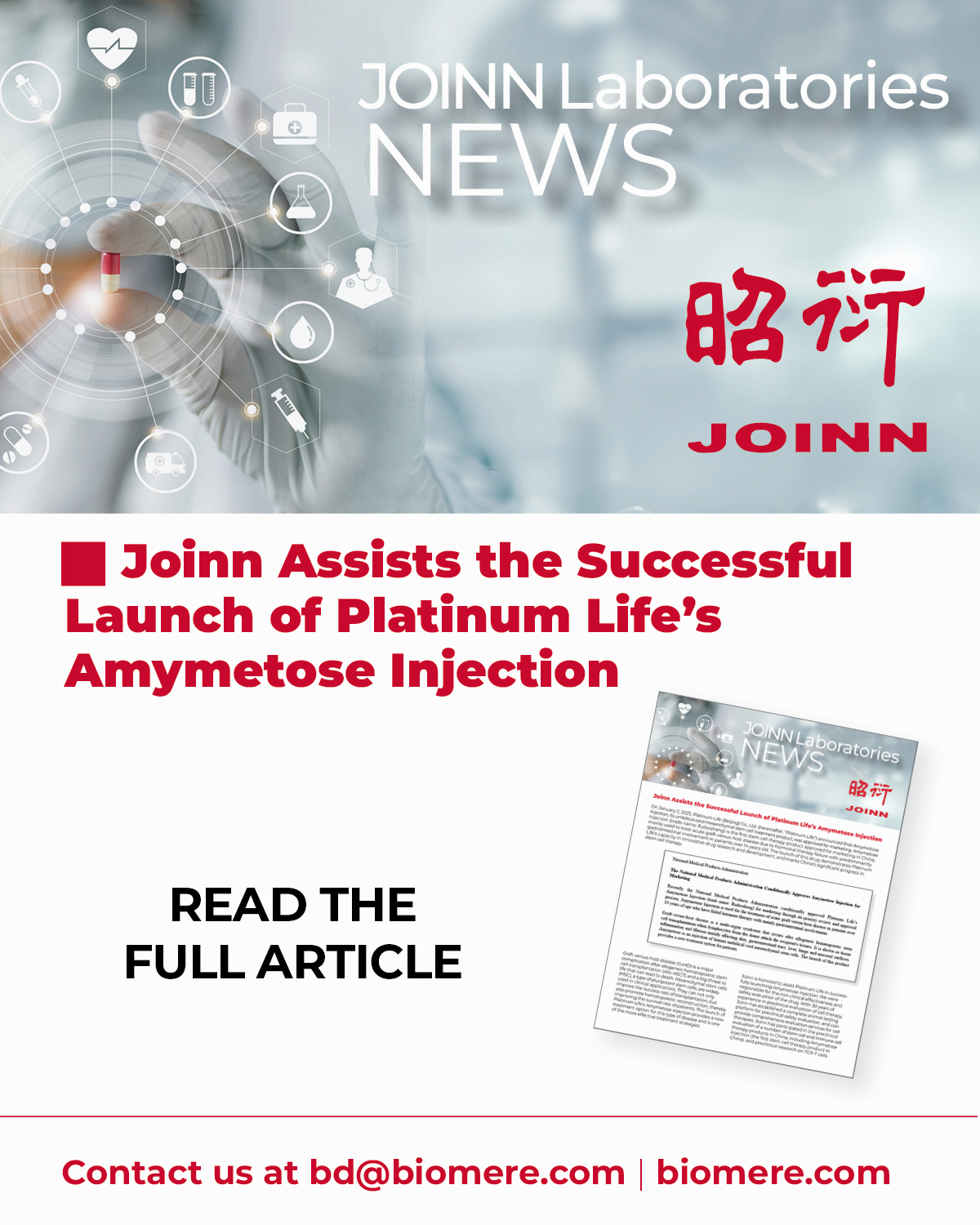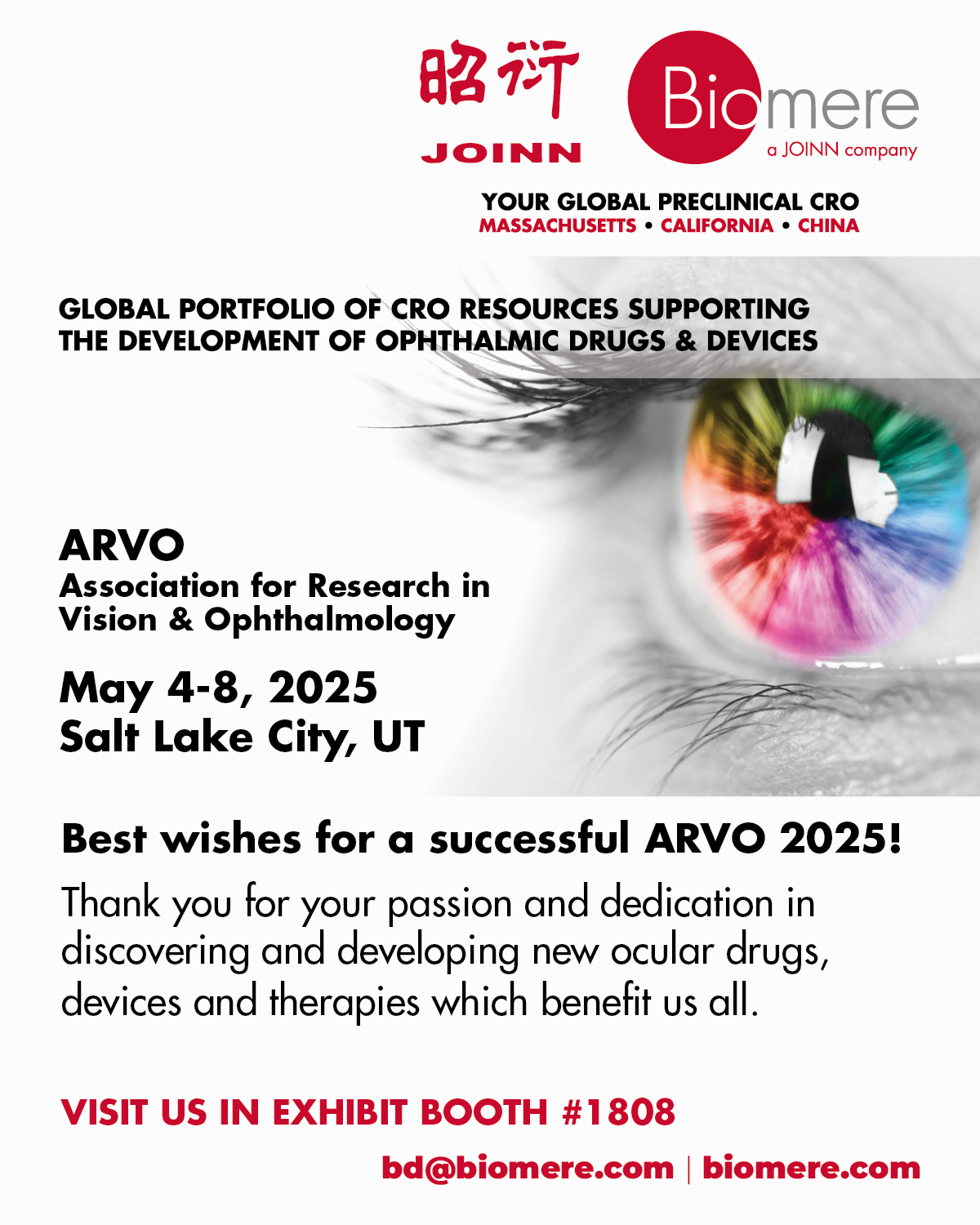
JOINN-Biomere is a growing preclinical contract research organization (CRO) based in the greater Boston area (Worcester MA). Our facility includes multiple floors of vivarium space and laboratories. Biomere is AAALAC accredited, OLAW Assured, DEA Licensed, and USDA Registered. Our core areas of expertise are preclinical efficacy, PK/PD and ADME studies in rodent and large animal models including primates. Learn more about our capabilities in our CRO Expertise section. We are committed to a personal approach that combines scientific expertise with dedicated project resourcing, model availability and expedited start times for studies.
JOINN Laboratories (China) acquired Biomere in 2019 extending Biomere’s preclinical drug development capabilities globally. The combination of JOINN and Biomere’s portfolio offer non-GLP and GLP studies to reduce time and cost by placing your GLP-toxicology program in China. JOINN Laboratories is a trusted research partner and is the largest GLP preclinical CRO in China with facilities in Suzhou, Beijing, Wuzhou, Chongqing and Guangzhou. JOINN Laboratories is AAALAC accredited, US FDA GLP inspected, NMPA GLP certified, OECD GLP certified, PMDA GLP inspected, MFDS GLP inspected and CNAS/ILAC-MRA certified.
JOINN Laboratories also has a vivarium in Richmond, CA (U.S.). The JOINN Laboratories Richmond, CA facility is in the California Bay Area and offers a local option to clients who prefer to use a facility in the West Our California facility is AAALAC Accredited, DEA Licensed, and USDA Registered.


